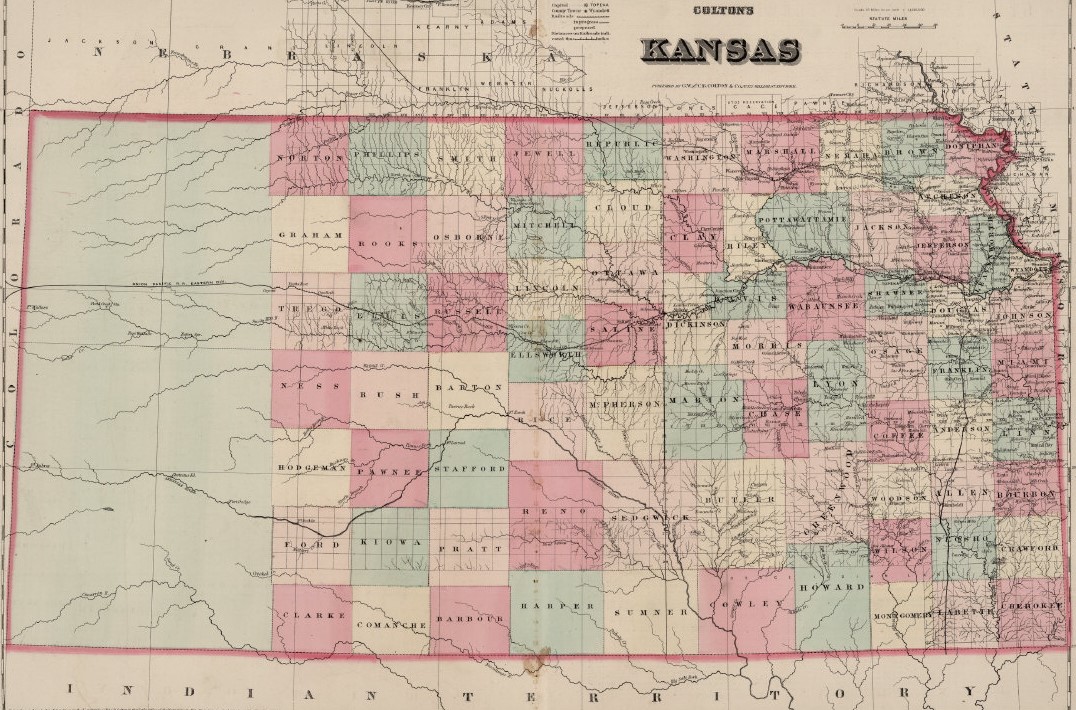The Ladies Refugee Aid Society of Kansas was founded in 1864 by black freedwomen in Lawrence. It was the first black women’s club in the West, preceding the Kansas Federation of Colored Women’s Clubs (a larger amalgamation of various state women’s societies). LRAS was a model for self-help activities and racial uplift during the Civil War in Kansas. Its primary function was to provide food and shelter for ex-slaves fleeing out of slave-owning states like Missouri, Arkansas, and the Indian Territories, into free Kansas.
Not many details are known about the Aid Society’s work during the Civil War, as written records are scarce, but the black women’s club community in Kansas continued to be vibrant in the postwar era. In 1900 the various women’s clubs in the state gathered in Topeka to form the Kansas Federation of Colored Women’s Clubs. The clubs represented many different social engagements such as temperance movements, knitting clubs, literacy circles, and groups supporting children and the elderly. Through this larger alliance, black women continued to assist fellow African Americans by providing education and physical aid work. In 1903 when Topeka and Kansas City were struck by a flood, the Federation worked to collect food and clothing for those affected.
Forty years after the Civil War, black women knew that their community needed to convene in order to protest against and prosper within a white-dominated society that still limited their opportunities. The Federation took up political activities, including anti-lynching rallies inspired by Ida B. Wells. They also protested against exclusion from the Kansas Federation of Social Science Clubs, an organization that allowed only white women. Although some club women held that they were not going to “thrust [themselves] where [they] were not wanted” and didn’t seek club integration, they rose against discrimination in wider Kansas society when they faced exclusion from public places such as movie theaters.
Even though the Federation was created as a unified effort of many black women’s clubs, it’s important to note that each local club such as the Ladies Refugee Aid Society was formed to meet their immediate community’s needs. Before joining the extensive network of the Federation and participating in its political activities, LRAS and other societies were small but effective in their own way in providing physical care, spiritual guidance, and comfort to individuals facing oppression and danger.

